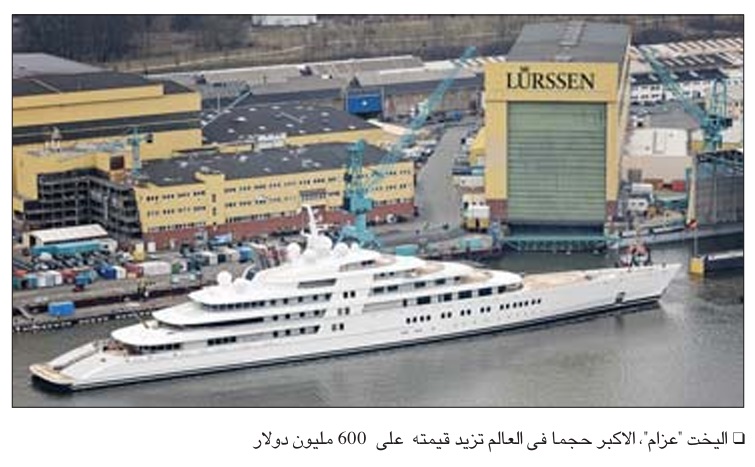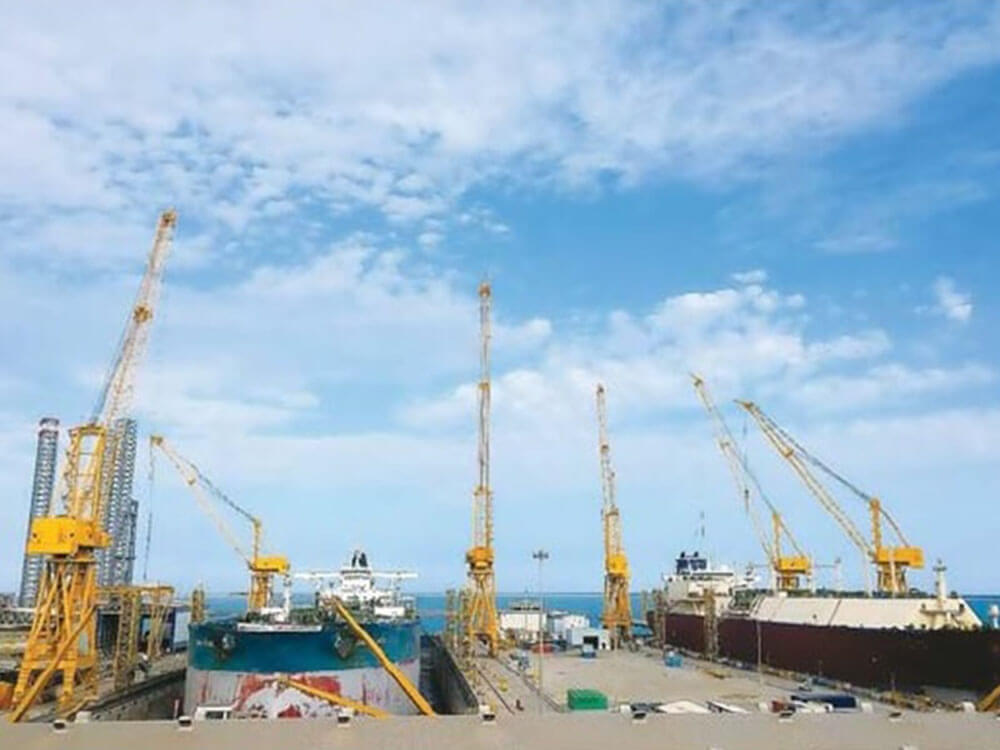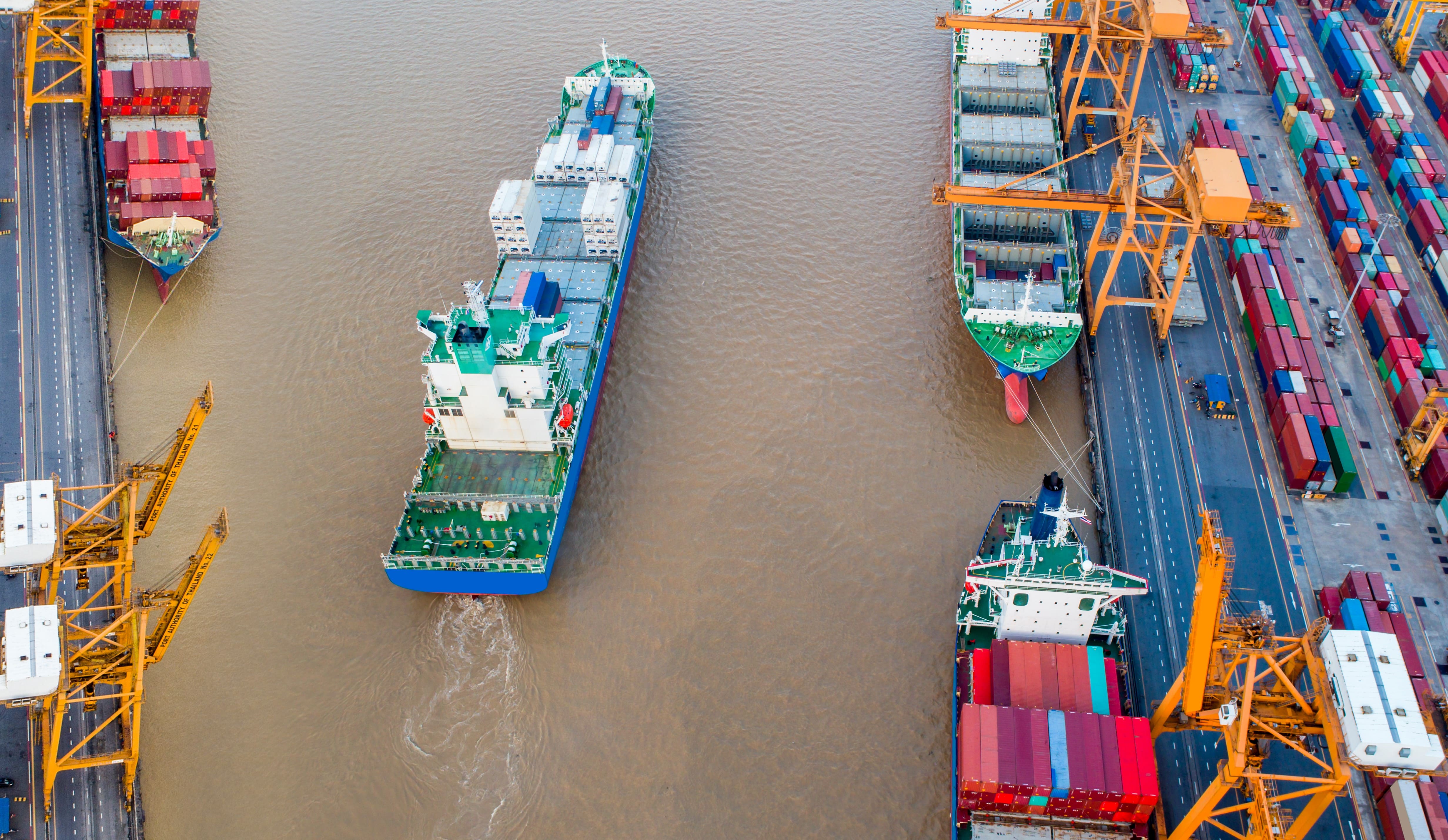Mega Yachts: Toy of the Wealthy ... Revenue and Diversification for the Economy

This article aims to give an overview of the mega-yachts industry, and the challenges that the shipbuilding and mega-yacht building and repair industry face. As well as highlighting the role of service providers and suppliers of various materials and equipment in the success of the business and the contribution of the industry to the diversification of sources of income and economic development.
Any person who visits the various yacht marinas in any city will notice a difference in the moored yachts in terms of their length, size and shape as a result of the difference in the tastes of their owners. This creates intense competition amongst yacht designers trying to create yachts that will stand out and that project the personality of their respective owners. The design requirements sometimes surpass the level of engineering design and tend to become pure artistic creativity, as they aim to turn the yachts into floating palaces that tour various parts of the world. Designed according to the highest quality standards, including the minutest details, it is an endless race to meet the ultimate in luxury for their owners.
If we look at the classification by experts in the yacht industry of this segment of ships, we find that they classify them into a number of categories divided on the basis of length and scope, length being the most common. There are yachts that are usually made of fiber-reinforced plastic, which are manufactured in large numbers (mass production) or less numbers (semi-mass production) and reach up to 40 meters in length. These yachts have a wide array of purchasers. There are others that are longer than 40 meters made of aluminum or steel, or both, which are regarded as mega-yachts specifically manufactured for their purchasers in order to conform to their different desires and tastes. This is for a very special segment of customers, which are “the wealthy” and usually includes kings, princes, sheikhs, businessmen famous and well-known figures such as movie celebrities, whether actors or directors, and senior executives of major companies.
According to the latest list issued by the company “Wealth X” that specializes in the provision of information on wealthy individuals and the distribution of wealth throughout the world - on the 10 most expensive luxury yachts in the world and the owners of these yachts, it indicated in its report that six of the most expensive yachts in the world are owned by individuals from the Gulf countries, specifically the United Arab Emirates.
Continuous trend to build bigger mega-yachts…
It is noted that in some cases, when the world’s rich look at owning a yacht they often focus mainly on the biggest yacht in size from those existing in the markets. This is a phenomenon experienced by those working in the industry in recent years. The length of the largest mega-yacht built up to this day is 180 meters which is the “Azzam”, manufactured by the German company, “Lürssen”, whose value, according to some reports, exceeds US$ 600 million. Although it is the largest in the world in terms of length, it occupies third place in terms of value, after the “Eclipse” that is owned by Russian businessman, Roman Abramovich, and which is valued at US $1billion.
Challenges facing the shipbuilding and mega-yacht building industry…
In the past few years the Gulf states have witnessed the building and development of various facilities specialized in the construction and repair of ships and yachts, some of which specialize in building and repairing mega yachts, all of which face common challenges, similar to the ones faced in general in other countries around the world.
These arise from various factors, the most important of them being:
- Many governments do not see the economic benefit of investing in the support of the mega-yacht industry or shipbuilding in general, given the low financial return in relation to the investment required, as well as the long maturity time of these investments, especially when compared to other vital sectors such as the energy sector.
- Lack of readiness of countries in the region to contain the demands of the industry, and the lack of industrial infrastructure that secures their needs and provides them with the required materials, equipment and numerous tools which are usually produced or provided by various industrial establishments - as these are still imported from abroad. This is in addition to the lack of raw materials required by these industries.
- Reluctance by the private sector to invest in this industry or activities, industries and services required by it, which are deemed as complementary or supportive thereof. This is due to various considerations. One of them, for example, is the permanent orientation of investors towards investments with rewarding and quick returns that are realized in the short term. This is contrary to the nature of the shipbuilding and yacht building industry that requires a lot of patience, effort and diligence to make it a success and that in the event that it achieves returns for investors, these are long-term and not instant.
- Lack of availability of skilled labor with experience in the latest techniques and technology used in this industry, as the shipbuilding industry in general and the mega-yacht building industry in particular are characterized by the continuous updating of techniques used in its operations and the rapid development of the technologies that go into yacht building systems. This is regarded as one of the most significant challenges as it relies heavily on skilled technical labor.
Scarcity of national talent with experience in this industry, which means heavy reliance on foreign expertise in the management of its operations, and the time, effort and cost that will be required to train national competencies, develop their capabilities and enable them to understand the needs of the industry and learn its secrets so that they are able to manage it successfully.
Mega-yachts building industry do not get affected by the financial crisis and economic recession…
The opinions of experts differ in this regard as the majority of them are of the view that this segment of customers are characterized by affluence and enjoy elevated financial capabilities and therefore they, or most of them, are not susceptible to the vagaries of the markets and the repercussions of financial crises, economic cycles and periods of recession. On the contrary, they see it as an opportunity to place new building requests for their yachts, benefiting from currency exchange differences and the decrease in the volume of demand with suppliers of raw materials and those that fall within the needs of the industry in order to benefit from the decline in prices.
To this, one has to add the fact that the shipyards able to deliver large sizes of yachts at the required quality are few, and a yacht, for example of 80m, can be delivered only 3.5 years after contract signature. The shipyards who can deliver such yachts they cannot build, in most cases, more than 3-4 at any given time and as a result, whilst the shipyards orderbook is filled, even a crisis will not affect them.
In the case of commercial shipbuilders, things are totally different. There are more shipyards able to deliver standard commercial ships than the market demands. As a result, during the crisis a lot of shipyards are in danger to become insolvent and some of them are subsidized by the governments (eg China) in order to make it to the next up cycle of the market.
For the ship repair yards, the fortunes are better, as the number of ships that have been built and are operating is quite large and at the same time the regulations that affect the acceptable condition and operation of these vessels have become more strict. Consequently, the shiprepair yards, irrespectively of the market conditions, they will always have some work. Of course also there the competition is high and can be painful.
As for yacht manufacturers, the level of liquidity is a very important factor to them, as the percentage of contribution to contractors, subcontractors and suppliers of materials and services are very high in this very specialized industry, which sometimes can be more than 80 percent of the business. Therefore, successful companies that have managed to grow and occupy a prominent place amongst the huge global ship and yacht building companies are those that adopt a conservative and balanced fiscal policy in the funding of their projects and do not rely on external funding to complete their projects. Rather, the funding comes from buyers through a regular payment schedule based on the percentage of completion of the construction works. This ensures the continuity of cash flows and in turn secures their needs for materials, equipment and services for their projects.
The added value to the economy…
The value of the repair and maintenance works for mega yachts vary based on the maintenance and repair work required by those yachts. For example, paint work for an 80 or 90-meter yacht can go up to US$ 3 million to US$ 5 million and is one of the works that building and repair yacht facilities tend to award to companies specialized in painting mega-yachts. The number of such companies that are efficient and of a high quality and that have a good reputation in terms of mastery in their work is very limited around the world. This means that such facilities in the region recruit such companies from abroad to do perform these works.
On the other hand, the yacht building business requires significant support from suppliers of materials and equipment and a variety of service providers for the completion of the construction works for mega-yachts. If we assume that the construction of one yacht costs US$ 100 million (a hypothetical value but quite typical for a 75m yacht), the value of raw materials and equipment, which usually constitutes 25% to 35% of this value, will be about US$ 25 million to US$ 35 million.
Similarly, the works of technical and specialized services provided by subcontractors such as painting, electrical, mechanical and hydraulic works, the supply and installation of different navigational systems, the various carpentry and interior decor works etc. constitute between 40% to 50% of the cost i.e. US $40 million to US $ 50 million.
This is in addition to insurance and supervision by evaluation and quality control companies as well as other service companies, which are usually between 5% and 7% of the value of these projects.
This is considered to be very good revenue for SME’s… specially if there is a stable demand or continues orders which will keep their utilization at a healthy level, to continue their businesses and grow in their activities.
Published in Al-Sharq Newspaper


